Dong Valley Trek and the Last Villages of eastern India
" Chasing the first sunrise of India at its easternmost corner along the Indo-Tibet Border "
Arunachal Pradesh is India’s remotest state and the first Indian soil to greet the rising sun. On this offbeat tour of East Arunachal, we venture into one of the least explored spots of the country. The border district of Anjaw is a region that is endowed with stunning natural beauty, virgin forests, unique tribal culture, and a rich biodiversity. This seven-day trip combines a breathtaking sunrise trek amidst pine forests with an enchanting riverside drive to the last village of India, located along the Indo-Tibet Border.
The Dong Valley trek is a short and exciting night hike that takes travellers to a vantage point to witness India’s first sunrise. Along with this exhilarating walk, travellers get to visit the easternmost point of the country as far as permitted for civilians. Nestled in a remote and rugged mountainous corner of Arunachal and encircled by China on one side and Myanmar on the other, the tiny settlements of Kibithoo and Kaho are the easternmost inhabited villages of India.
In addition to these lifetime epxeriences, the trip also includes visits to the famous Parshuram Kund, a scenic and sacred Hindu pilgrimage site and the exquisite structures of the Golden Pagoda Temple in Namsai. Starting from Dibrugarh airport in Assam and journeying across three beautiful and ethnically diverse districts, this handcrafted tour perfectly combines the elements of leisure, tribal culture and adventure to provide an unparalleled Arunachal experience.
- Duration: 5-7 days (flexible)
- Region: Anjaw, East Arunachal, India
- Time: March - May | Oct - Dec
- Type: Guided High Altitude Trek + Camping Experience
- Pick Up / Drop: Dibrugarh Airport
- Accommodation: Local Homestays + Hotels
EXPERIENCE ITINERARY
Please Note: The itinerary below is completely flexible and destinations/experiences can be personalized as per the travellers’ interests, preferences and duration.
Day1: Welcome to Arunachal
- Dibrugarh Airport Pick Up
- Drive to the land of pagodas in Arunachal – the buddhist town of Namsai (3 hrs)
- Explore the Golden Pagoda temple also known as the Kongmu Kham
- Overnight at Namsai Hotel/homestay
Day 2: Namsai to Walong (6-7 hrs)
- Start early and drive from Namsai to Walong in Anjaw district
- Cross the beautiful towns and scenic bridges along the spectacular Lohit river
- Arrive at Walong, one of the frontier towns of easternmost Arunachal
- Spend evening with your trek leader for briefing on the awesome trek tomorrow
- Spend remaining time at leisure and sleep early for the early-morning adventure
- Overnight at Walong Homestay
Day 3: Dong Valley Trek – Witness the first sunrise of India (1-2 hrs)
- Wake up early morning and head out to chase the first sunrise of India
- A short drive takes you to the Trek start point
- After a quick brief, start your short but steep guided trek to the Dong valley viewpoint
- Marvel at the first rays of the sun hitting the easternmost mountains of India
- Relish the lifetime experience along with splendid views of bluish Lohit river cutting across the valley
- The remaining day is spent visiting the Walong War Memorial and exploring the scenic village
- Overnight at Walong Homestay
Day 4: Kaho and Kibithoo – the last villages of India
- Visit the Indo-Tibet border and explore the unique border villages of Kaho and Kibithoo
- Get awe-struck by the mindblowing views of giant mountains, turquoise-coloured rivers and thrilling hanging bridges
- On the way, visit the Namti plains or the battlefield, where one the fiercest battles of 1962 Indo-China war was fought
- Finally, walk up to the last civilian-permitted points for a glimpse into China and the chinese military camps
- Overnight at Walong/Kaho Homestay
Day 5: Kaho to Wakro via Parshuram Kund (6-7 hrs)
- Time to bid goodbye to these lovely villages of Anjaw
- Start early and drive to Lohit district’s Wakro, another pristine village of Arunachal
- The Mishmi tribe dominated Village is located at the edge of Kamlang Wildlife Sanctuary
- Enroute also visit Parshuram Kund, a popular holy place mentioned in the myths and legends
- Overnight at Wakro Homestay
Day 6: Wakro to Dibrugarh via Namsai (4-5 hrs)
- Drive from Wakro village to Dibrugarh city
- Enroute stop at Namsai for a local traditional Tai-Khamti lunch
- Overnight at Dibrugarh Hotel
Day 7: Farewell
- Drive from hotel to Dibrugarh Airport
- Depart for home
Experience Highlights
1. Dong Valley Trek - Witness the first sunrise of India


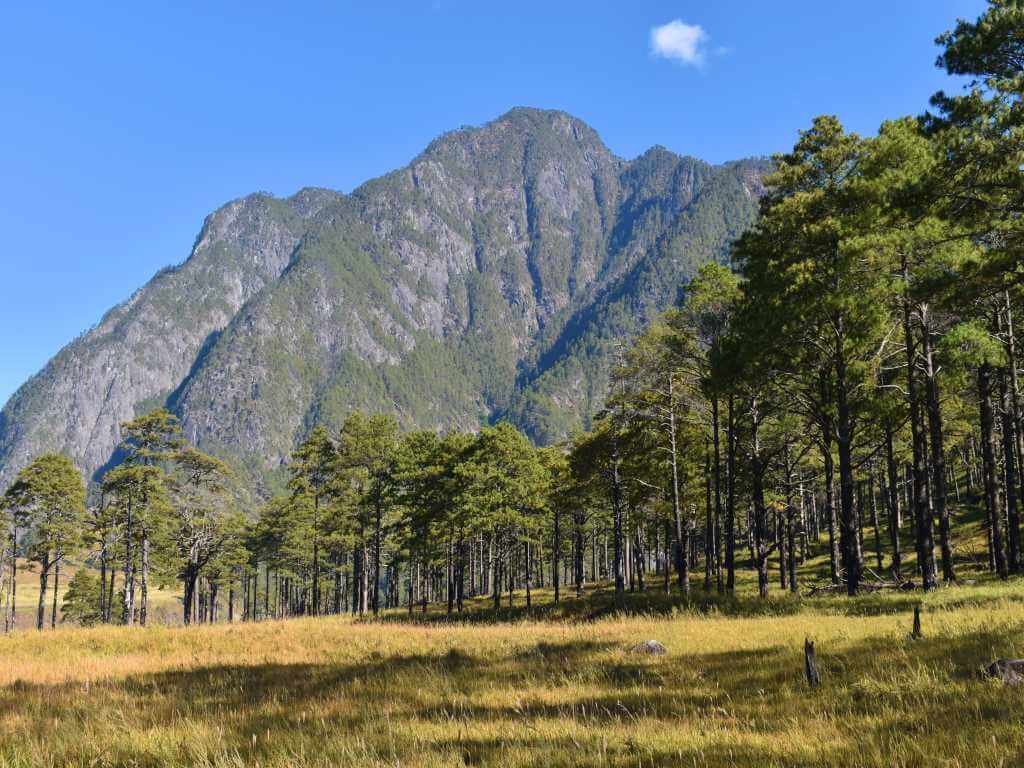

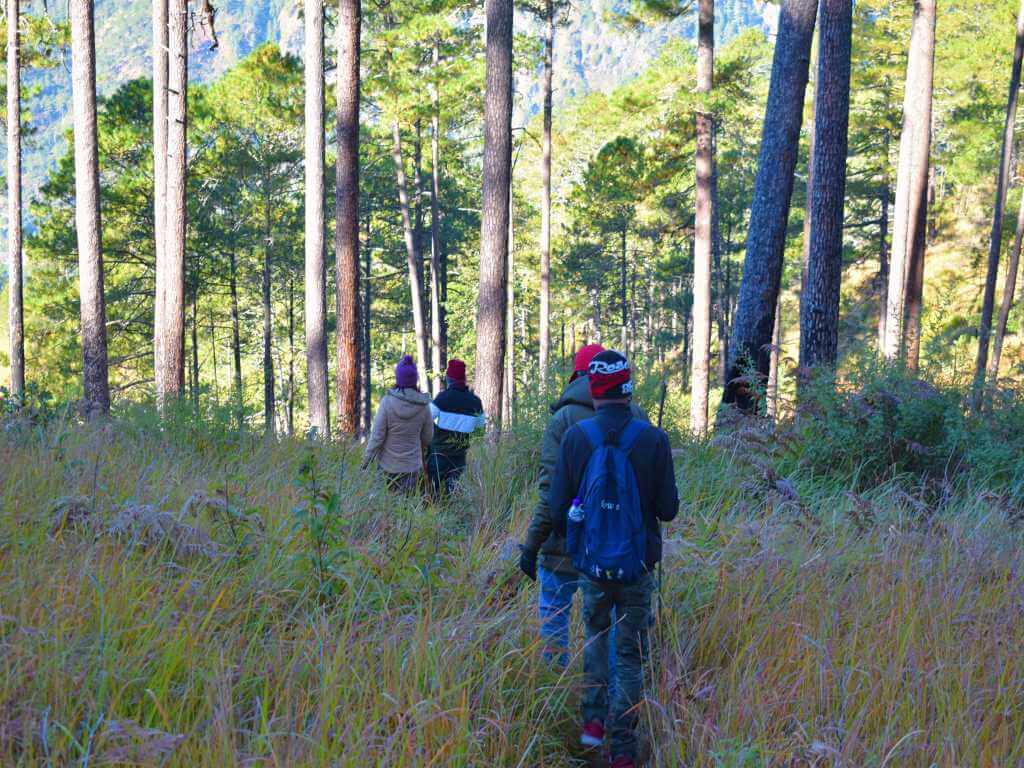


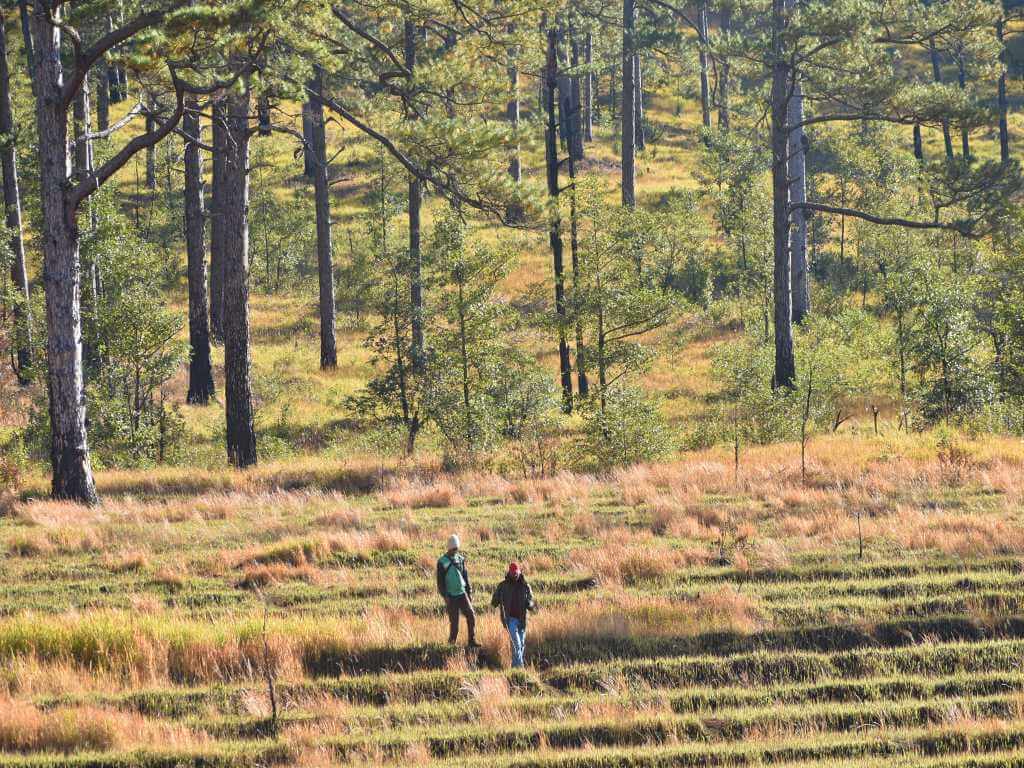

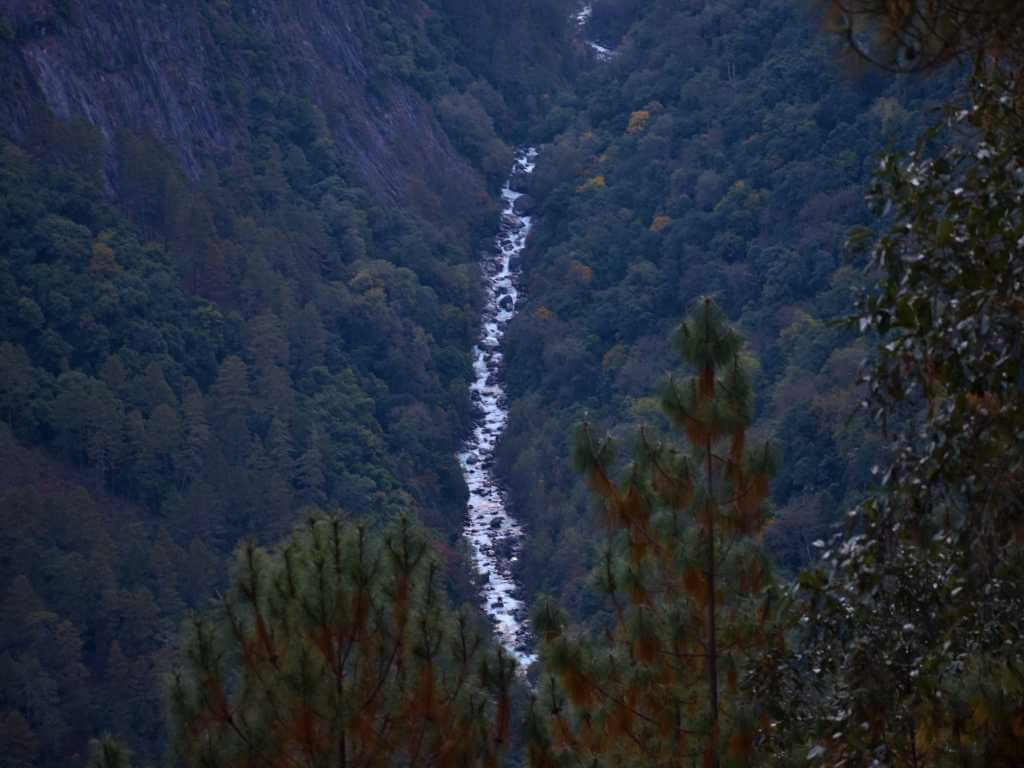



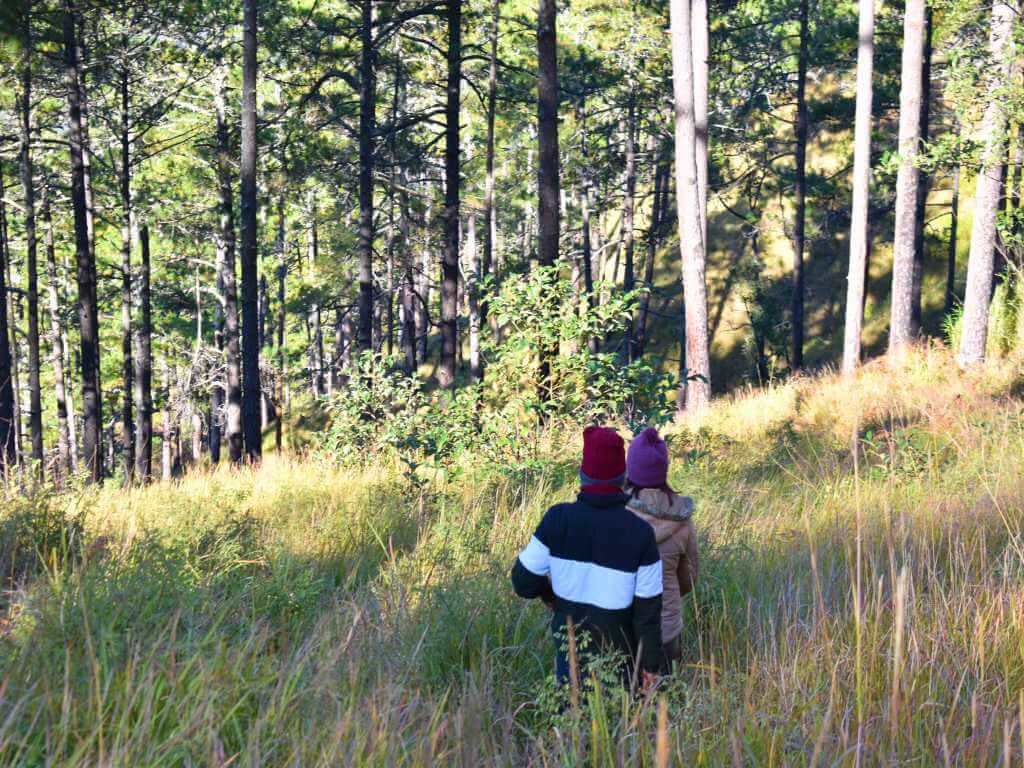
The Dong village is located in the newly carved Anjaw district of Arunachal Pradesh.
It is one of the easternmost villages of the country close to both the China and Myanmar borders. Inhabited mostly by the Meyor tribe, the Dong valley trek area is surrodunded by massive mountains and some of the most beautiful pine forests in the Eastern Himalayas.
The mountains above Dong receive the first sun rays in India. A short night hike to a high ridge point offers the best views of the sunrise. The guided trek takes about 1-2 hours from the base and is done in the dark to be able to reach the vantage point just before sunrise.
The two-part trail is steep with few gradual patches and is mostly a zigzag route. The first part of the Dong Valley Trek ends in a vast flat plateau, completely open on one side and surrounded by gorgeous pines on the other. The second part through the forests leads to the top of the ridgeline where the travellers wait and do the exciting countdown.
As the sun rises from behind the mountains on the Myanmar side, the experience turns magical. The first rays hit the soaring mountains on the opposite side of the valley. The incredible sight along with its significance, being the first sunrise in india, makes all the effort worth it. Slowly with more daylight, the scenic beauty of this magnificent place is unveiled.
From the sunrise spot, the lush grassy meadows below and the view of the bluish river cutting across the valley is just unforgettable. On the way down, the flat glades and the unique pine-laden landscapes look exceptionally beautiful.
The entire area is enriched with unspoilt natural beauty, pristine forested surroundings and is definitely a photographer’s paradise. Along with the scenery of the place, the incredible stories narrated by our local guide during the Dong valley trek make the entire experience even more memorable.
2. The Tribes along the Journey
A major highlight of this curated journey is the opportunity to interact with the local people, the indigenous tribes and learn about their unique customs and way of life. Arunachal Pradesh, located in the northeastern region of India, is known for its rich cultural diversity. The state is home to a large number of tribes and subtribes spread across its 26 districts. Each tribal community of the state come with its own customs, practices, language, folklore and spiritual beliefs.
On this tour, we cover three districts of the state – Namsai, Lohit and Anjaw each inhabited by different indigenous communities. Namsai district is mainly inhabited by the Tai Khampti and Singpho tribes. The Tai-khampti people are very strong believers of Theravada Buddhism. They are a tribe of peace-loving people who also happen have one of the most delicous local cuisines.
The Anjaw district was created out of Lohit district. The major tribes inhabiting this district are the Mishmis, Khamptis, and the Meyors. Anjaw is the easternmost district in India and has one of the lowest population density in the country.
The Mishmis are one of the major tribes of Arunachal and consist of three sub-tribes in India: Idu Mishmi, Digaru Mishmi and Miju Mishmi. Of these three, the latter two primarily inhabit the Anjaw and Lohit districts. Meyor is another ethnic community constituting a small population that dwell in Kibithoo and Walong circles along the eastern fringes of Anjaw.
The Dong village which lends its name to the Dong Valley trek is a Meyor tribal village. Both Mishmis and Meyors have well preserved their distinct and unique culture over time, with their beliefs, traditions and customs handed down over the generations. Both have their own distinct set of spiritual beliefs, occupations and festivals and in spite of many cultural differences, both have coexisted peacefully in the same region.
Knowing about their interesting history, their fascinating tribal traditions, understanding their cultural heritage and learning about their way of life is one of the unique experiences on this journey.
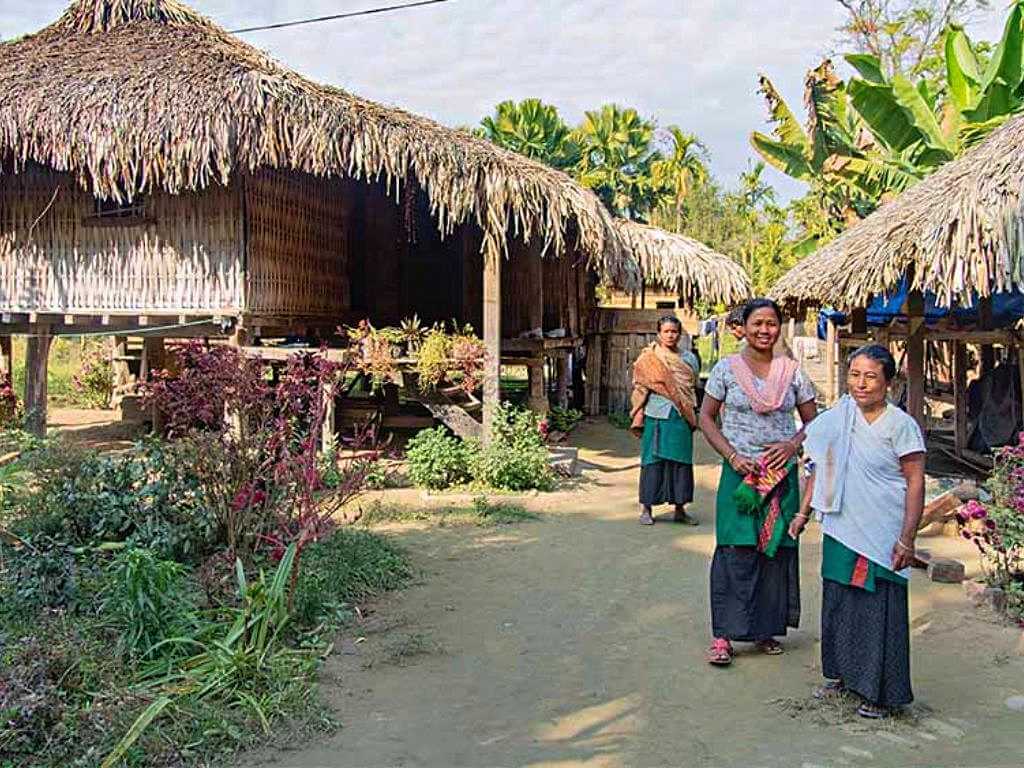

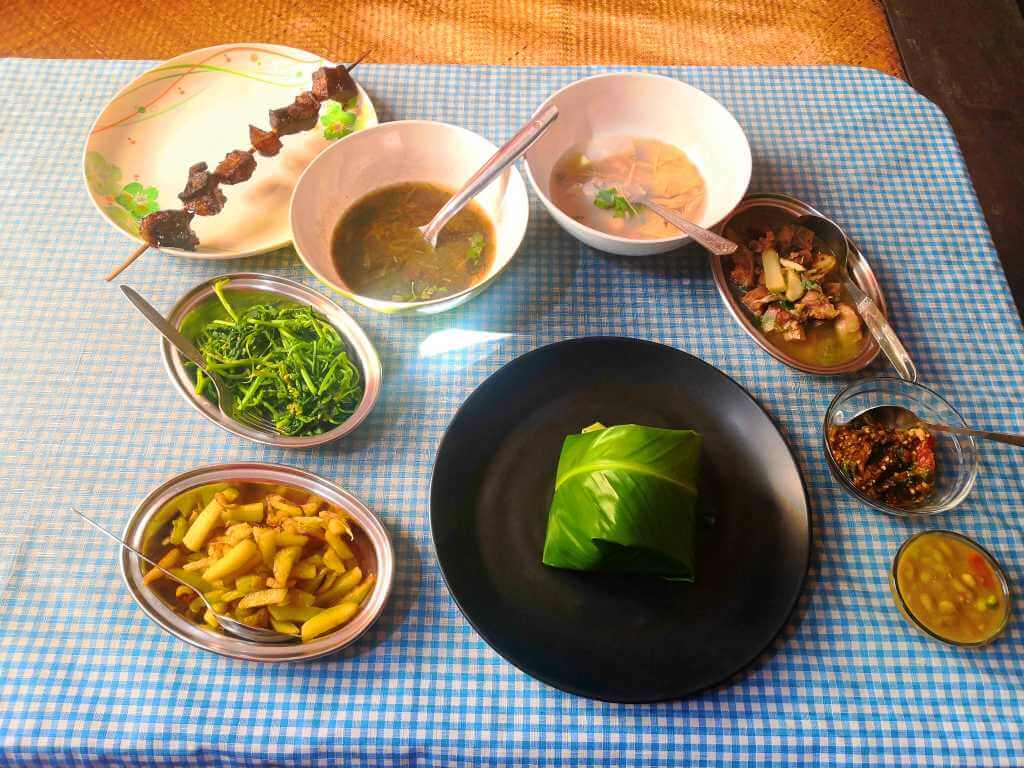

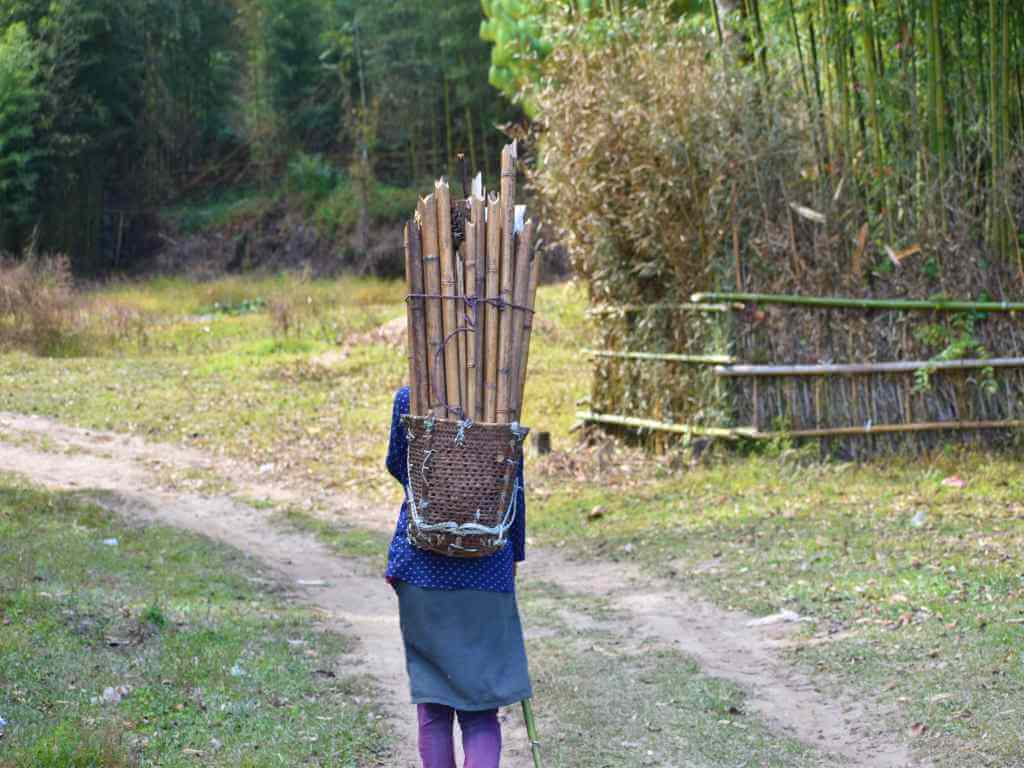
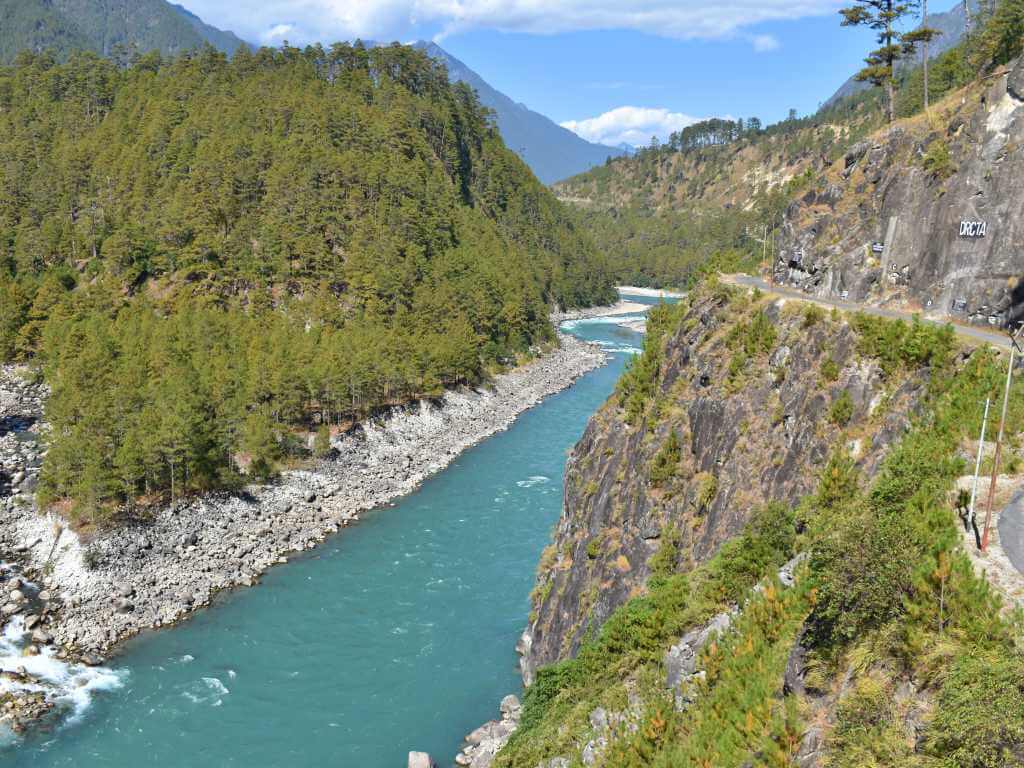
3. Kaho and Kibithoo - the last villages of India
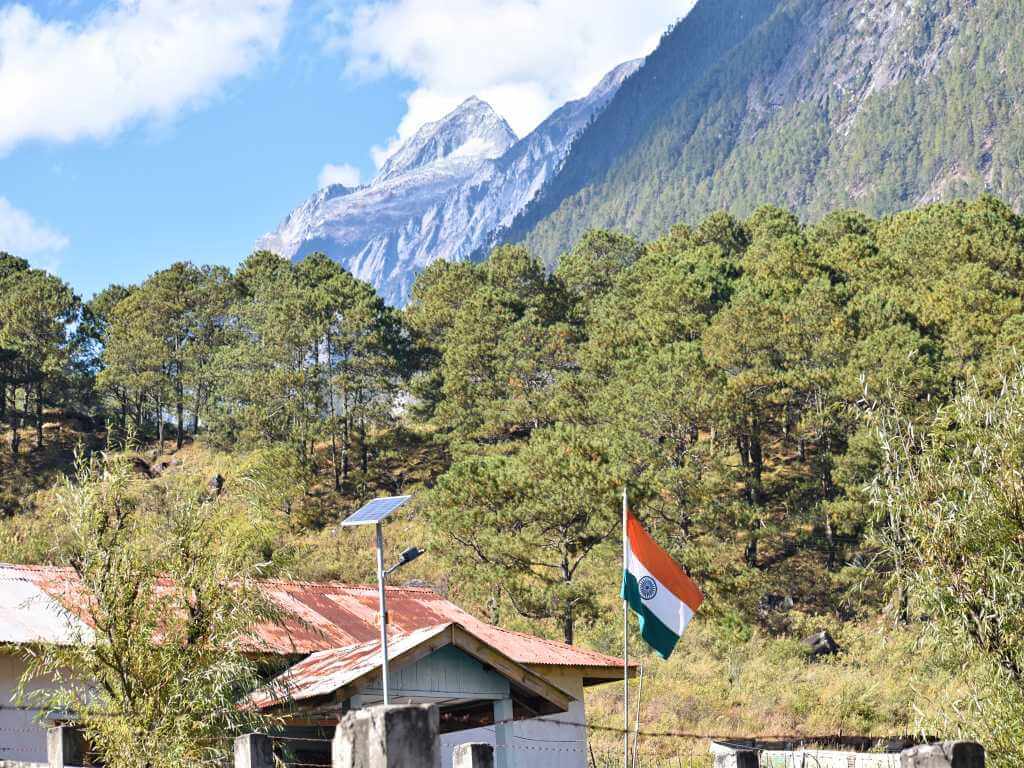
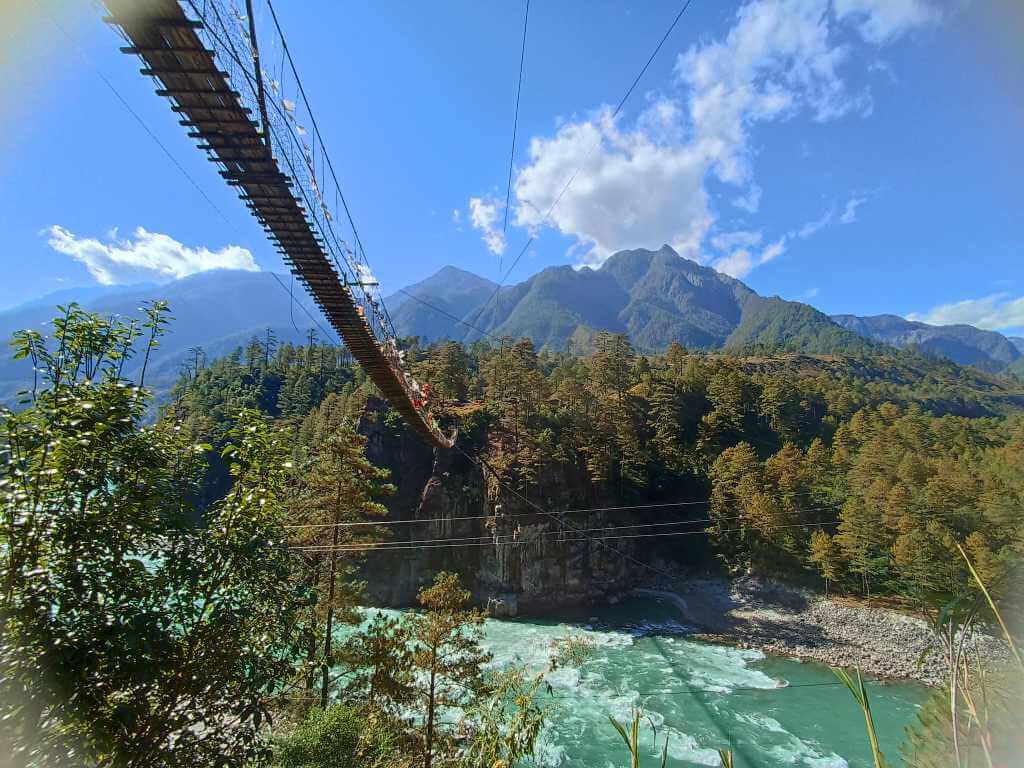
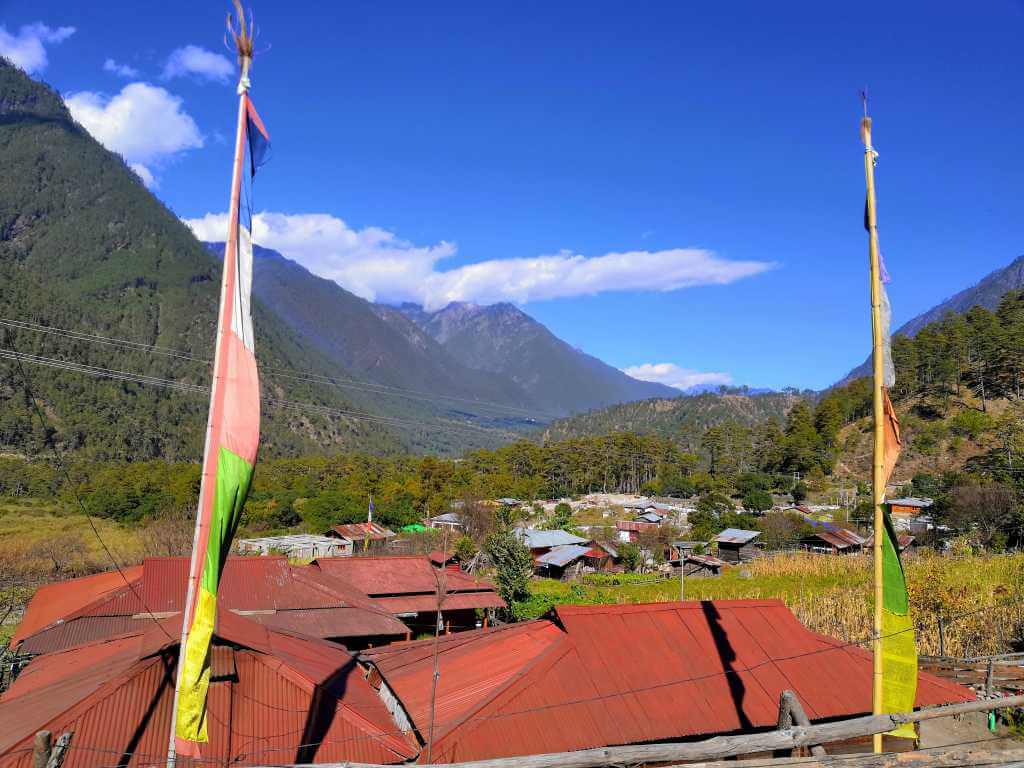

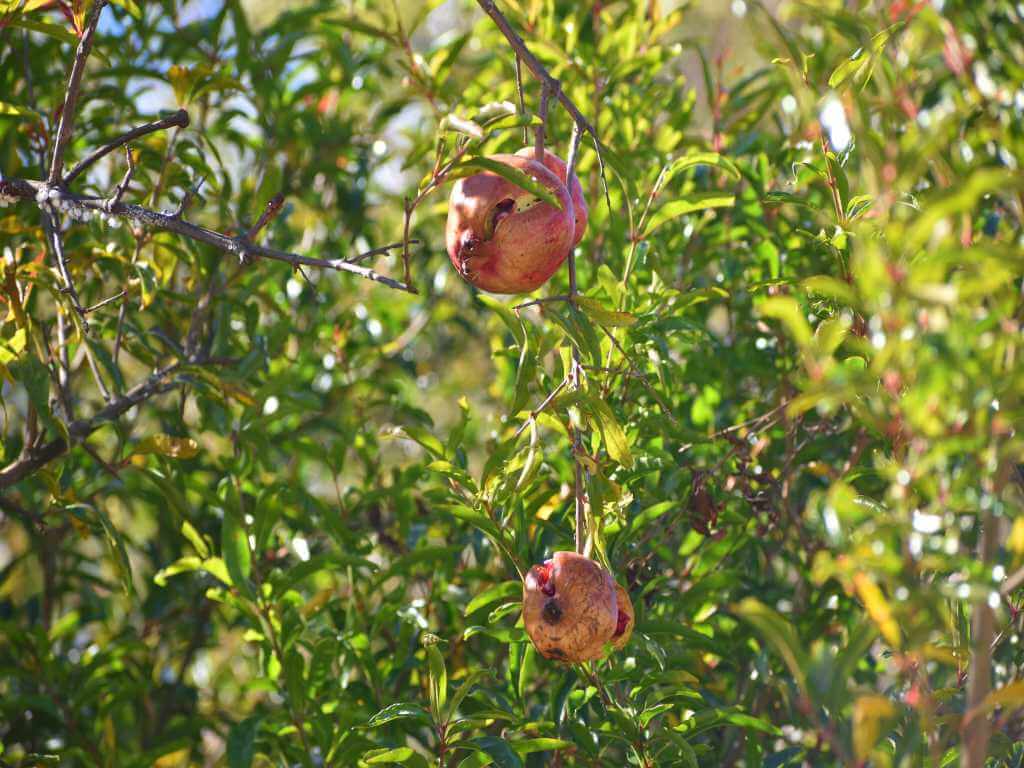



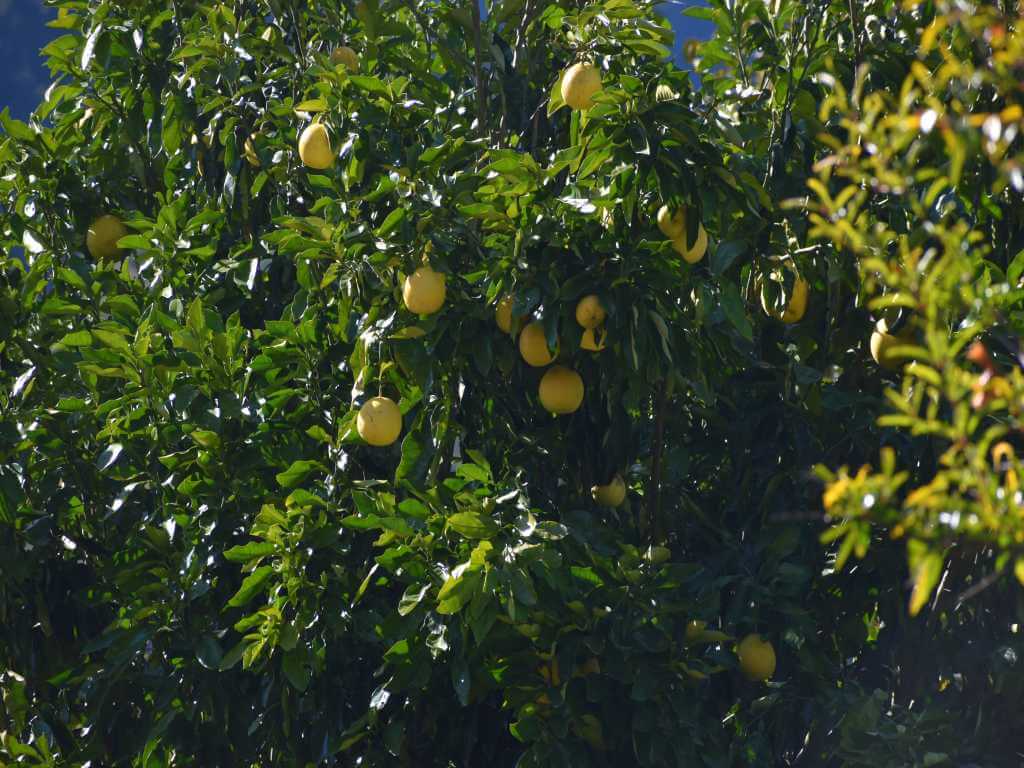
Kaho and Kibithoo are two remote villages located on the Indo-Tibetan border in the northeastern Indian state of Arunachal Pradesh. These frontier villages are referred to as the last villages of India because they are the last inhabited places before the international border with China.
The drive to these places is one of the most scenic road trips of this journey. The villages are accessed via narrow, winding mountain roads that go alongside the gushing waters of the Lohit river.
The road is flanked by mountains on both sides and the turquoise coloured waters of the Lohit river look extremely inviting. Enchanting mountain scenes, alluring riverside views and thrilling hanging bridges on the way make it a mesmerizing journey to remember.
There is always a debate on which one among these two villages is actually the last village of India. To settle the debate, it is important to note that both these villages are at the opposite sides of the Lohit valley. While Kibithoo on its own side of the valley is the last civilian point before the Indo-Tibet border, Kaho on the other side of the river is in fact closer to the international border and can be considered the last village of India.
Kibithoo village because of its location at a higher elevation offer better views of the Chinese territory and the surrounding landscape. Both these highly guarded villages are gifted with nature’s bounty and offer a unforgettable experience to all visitors.
4. Namti Plains - The great Battlefield
Namti Plains also known as Namti Maidan, is located 7 KMs away from Walong. It was the site of one of the fiercest battles during the Indo-China War of 1962. The battle was the fought as the main defence of Walong town and over control of the strategically important valleys and surrounding hills.
In October of 1962, the Indian Army had deployed a company of soldiers to the Namti Valley, which was tasked with defending the area against the advancing Chinese forces. Despite being heavily outnumbered, the gallant Indian soldiers fought valiantly, holding off the Chinese forces for several days. The Chinese forces, however, were much better equipped and had superior firepower. They eventually overwhelmed the Indian defenses and captured the Namti Plains area, as well as several other strategic locations in the region.
Today, Namti Plains is a peaceful and serene location with no visible signs of war. A sombre war memorial has been erected in the undulating greens, in honour of the sacrifices of our brave martyrs. The silent valley serves as a reminder of the sacrifices made by the Indian soldiers who fought bravely to defend their country, and their courage in the face of overwhelming odds.




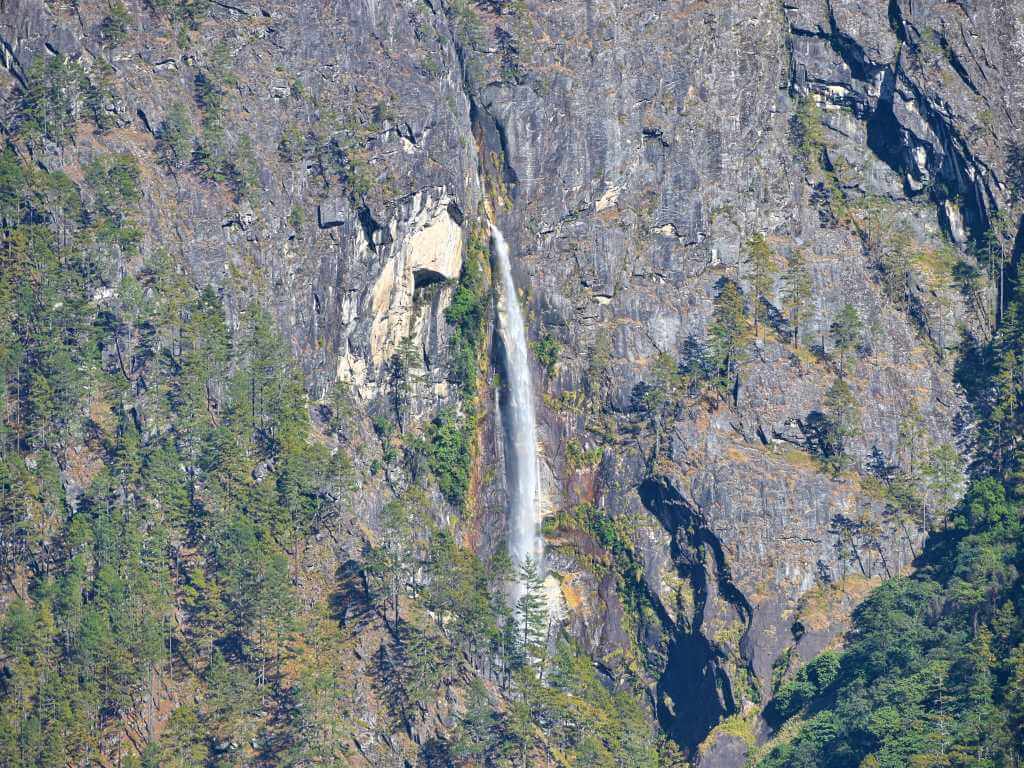
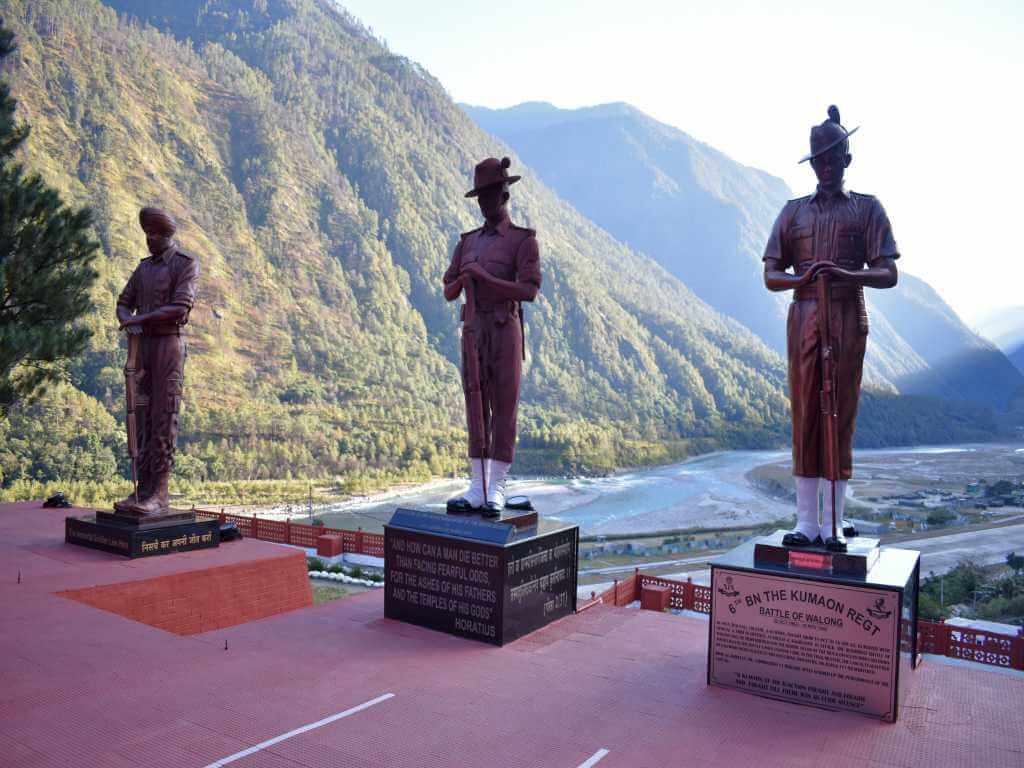
5. Parshuram Kund: The pilgrim paradise




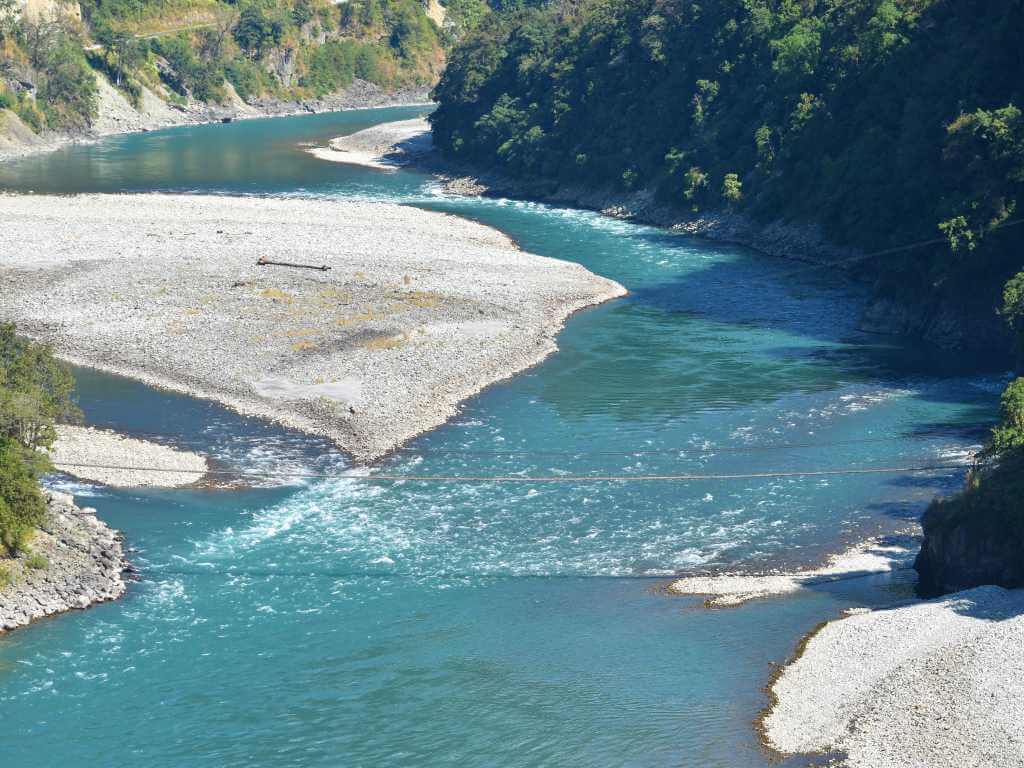
Parshuram Kund is a rare Hindu pilgrimage site in Arunachal Pradesh that holds great religious significance. The place is named after the Hindu Sage Parshuram, who is believed to have used this exact kund (pond) to cleanse his sins. According to legend, Parshuram, who was the sixth avatar of Lord Vishnu, came to the site after he had committed a sin and to detach an axe that had got stuck in his hand. He bathed in the holy waters of the kund and was able to detach the axe from his hand and cleanse all his sins thus establishing the spiritual significance of the site.
The Parsuram Kund Mela organised every year on Makar Sankranti attracts a large number of pilgrims and devotees from across India. During the festival, devotees take a holy dip in the kund and offer prayers and offerings to the deity. The festival also includes various cultural programs and religious rituals. Apart from its religious significance, Parsuram Kund with its shimmering aqua blue waters is also known for its scenic beauty. The kund is surrounded by lush green forests and the nearby hills provide a stunning backdrop. The region is also home to a diverse range of flora and fauna, making it a great destination for nature lovers.
6. Theravada Buddhism in Namsai: The land of Pagodas
Buddhism is one of the major religions practiced in Arunachal Pradesh. The western part of Arunachal including Tawang have more Tibetan influence and therefore practice Mahayana Buddhism. Mahayana Buddhism arrived in Arunachal Pradesh with Guru Padmasambhava from Tibet in the eighth century. Theravada Buddhism which is the other main branch of Buddhism arrived much later in India when several Buddhist groups from Southeast Asia, particularly Burma (Myanmar) settled in various parts of Arunachal Pradesh. Eastern Arunachal’s Theravada Buddhists are ethnically, culturally and linguistically closer to the Buddhists of Myanmar, Thailand, Laos and Cambodia. In the Namsai region therefore, Theravada Buddhism is practiced by the locals and the temples, stupas and pagodas here have distinct physical structures that are very similar to what we can find in south-east asia. Theravada monasteries here are distinguishable from other structures by their attractive architectures. The massive entrance gates of these monasteries are decorated with Buddhist symbols and floral ornamental patterns, and the monastery boundaries are marked with bamboo fencing or concrete walls.
Namsai is home to a number of Buddhist monasteries and pagodas, including the Golden Pagoda temple or the Kongmu Kham. The Golden Pagoda temple is the most famous pagoda in Namsai. The Kongmu Kham is a stunning golden structure that stands tall amidst a sprawling green space alongside other grand temples. The Golden Pagoda temple stands as an iconic symbol of Theravada Buddhism. Inside the main pagoda sits a bronze Buddha statue that was gifted by the chief monk from a temple in Thailand. The pagoda compex is a place of peace, sereneity, and spirituality and is considered one of the most sacred Buddhist sites in Arunachal Pradesh. These pagodas and monasteries are not only religious centers but also important cultural and historical landmarks that attract visitors from all over the world.






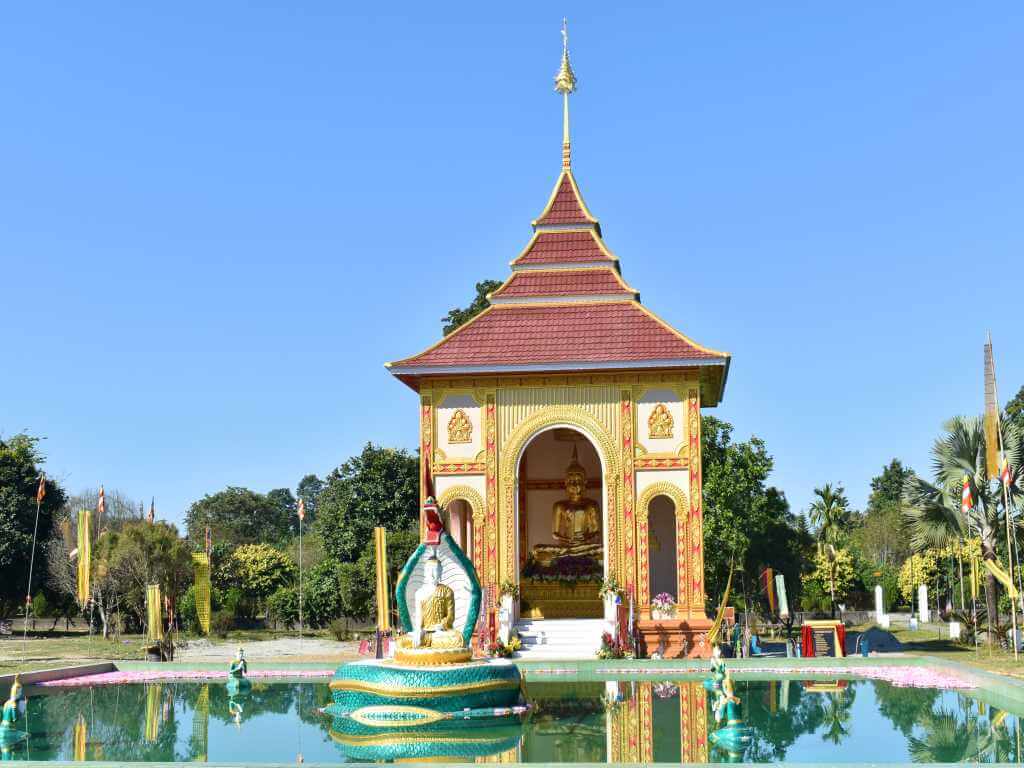









TRAVEL REVIEWS AND TESTIMONIALS









A personalized itinerary can be crafted based on your group’s interests, expectations, and preferred dates and time duration. For tailoring a suitable East Arunachal tour or the Dong Valley Trek plan just for you, please Call/Whatsapp on +91 8951064013 or mail us at contact@ekaxp.in

